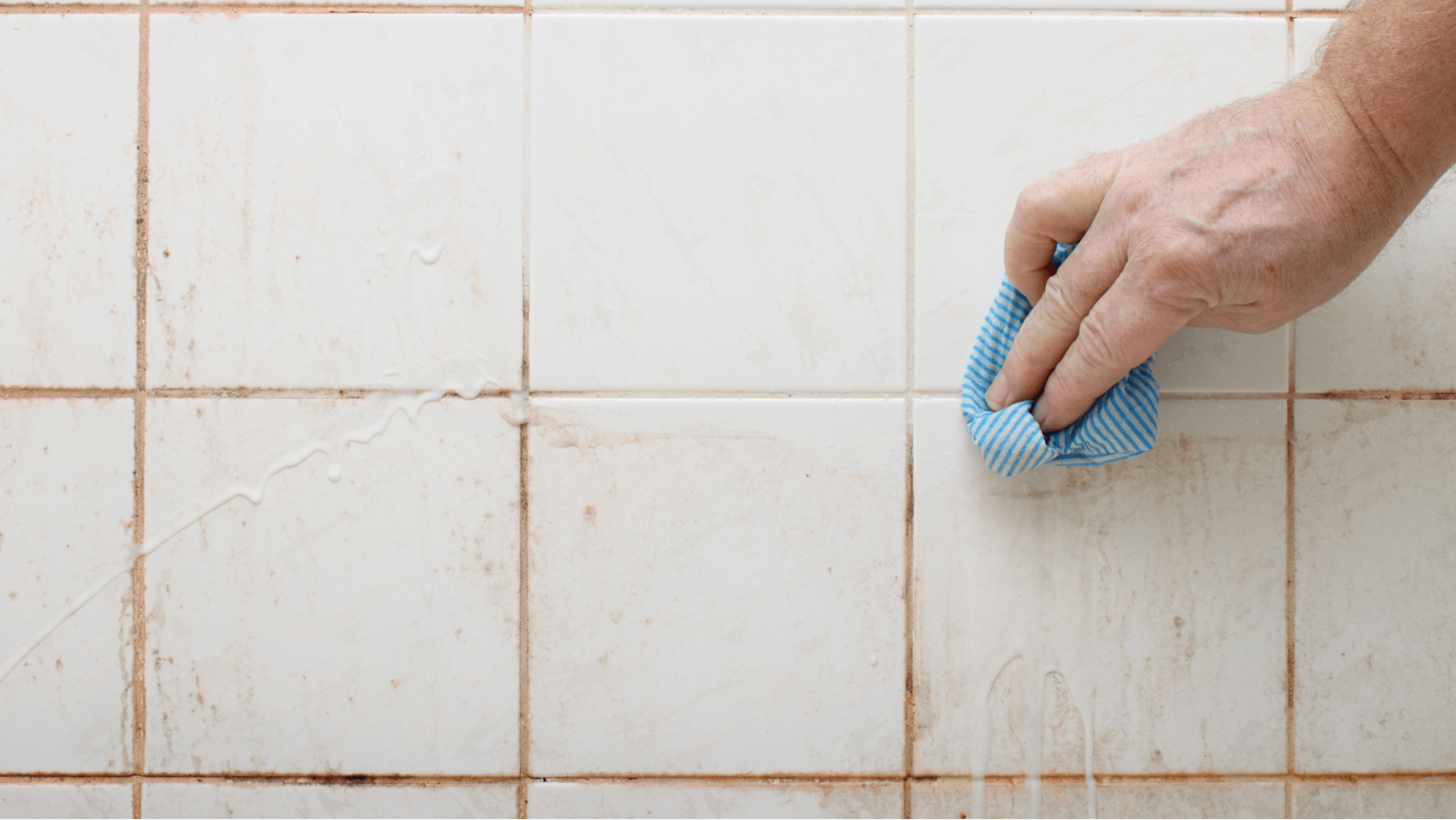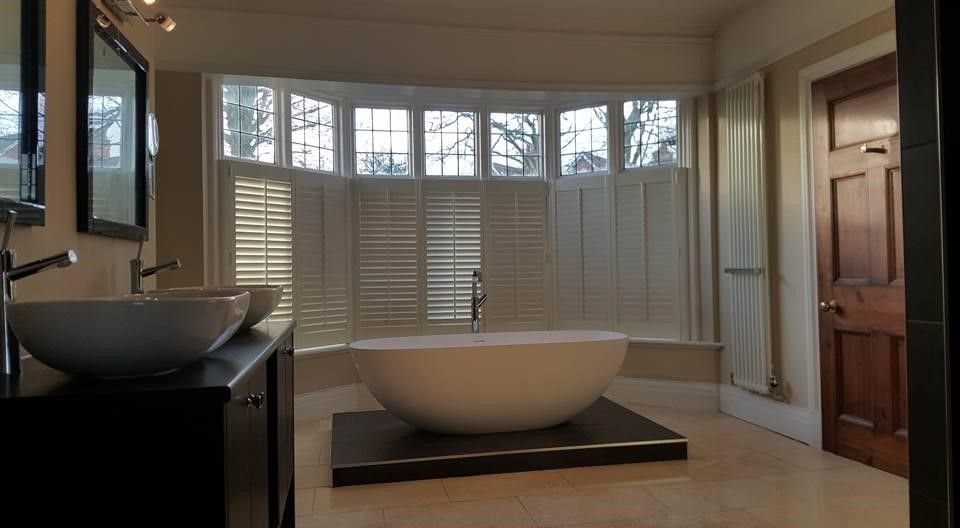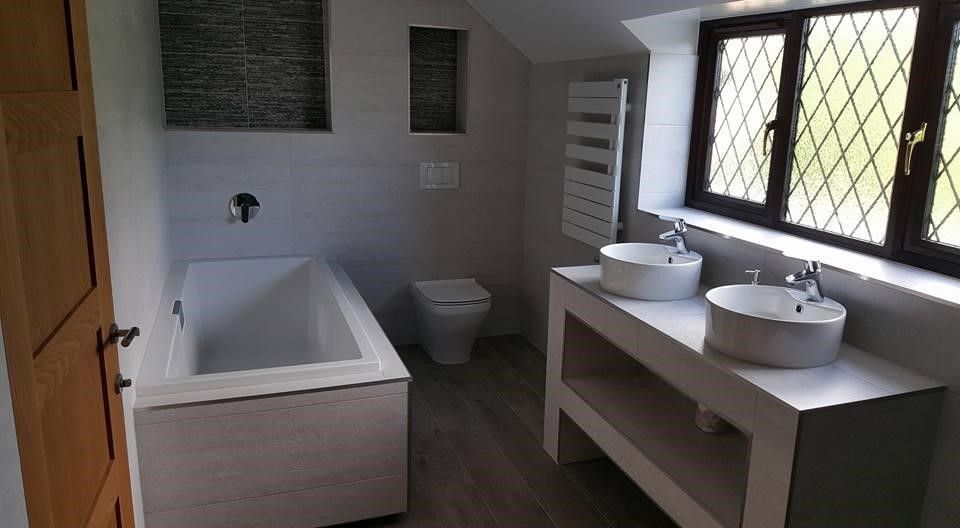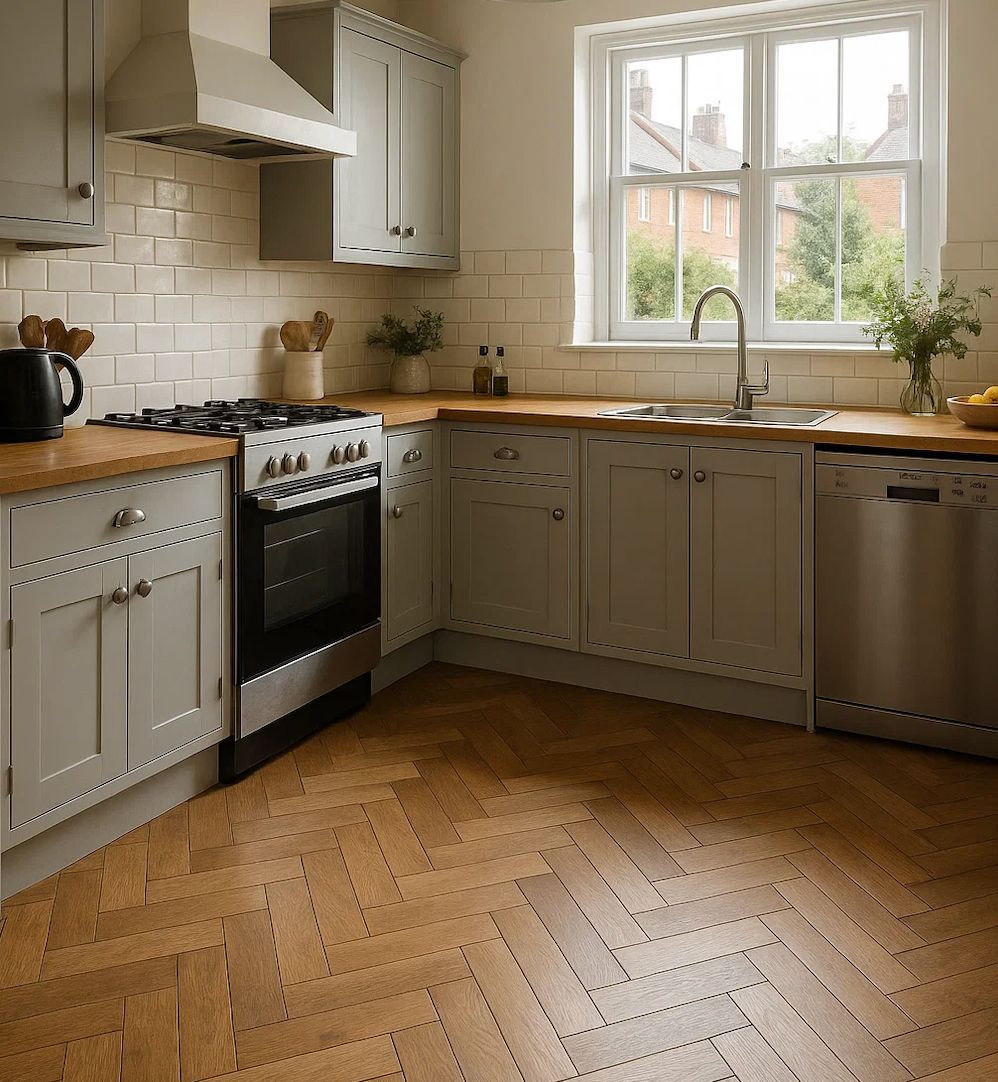Bathroom mould is one of the most common household problems, particularly in the UK, where damp conditions and closed-up bathrooms in colder months create the perfect breeding ground for mould spores. More than just an eyesore, black mould growth can pose serious risks to health and property, compromising both indoor air quality and structural integrity.
Left unchecked, mould thrives in environments with poor ventilation, excess moisture and cold surfaces, making your bathroom a hotspot. In this article, we’ll explore the causes of bathroom mould, simple ways to prevent mould growth and cost-effective solutions to eliminate mould for good.

What is Bathroom Mould?
Bathroom mould refers to a type of fungus that grows in moist, warm and poorly ventilated areas. Black mould (Stachybotrys chartarum) is the most notorious type, often appearing on tiles, ceilings, grout and window frames.
The Science Behind Mould Growth
Mould spores are ever-present in the air. When they find a suitable damp environment, like the lingering moisture caused by steamy showers and inadequate ventilation, they latch onto surfaces and multiply rapidly. Moisture-laden air condenses on cold surfaces, creating an ideal home for mould.
Top 10 Causes of Bathroom Mould
1. Poor Ventilation
Inadequate ventilation is a leading cause of mould problems. Without fresh air or extractor fans, damp air lingers, allowing condensation and mould growth.
2. Excess Moisture & Condensation
When water vapour from hot showers meets cold bathroom ceilings or tiles, air condenses into water droplets, providing the moisture that mould thrives on.
3. Cold Surfaces
Tiles, mirrors and poorly insulated walls are naturally colder, encouraging water to condense and fuel black mould growth.
4. Damp Air & Humidity
High humidity levels in bathrooms trap moisture, promoting a damp environment perfect for mould development.
5. Inefficient Extractor Fans
Older or clogged extractor fans fail to remove moisture-laden air, contributing to excess condensation.
6. High Shower Usage & Lingering Moisture
Frequent showers increase the humidity, and if the air circulation is poor, lingering moisture remains trapped.
7. Mould Spores in the Air
Once present, mould spores can travel through the air and settle in hard-to-reach corners like behind shower curtains and under sinks.
8. Bathroom Doors Always Closed
Keeping the door closed after a hot shower traps damp air inside, worsening the humidity problem.
9. Leaky Windows & Frames
Leaky seals around windows allow cold air in and warm, humid air to condense, making window frames a common site for black mould.
10. Ineffective Heating During Winter Months
In winter, lack of consistent heat leads to cold surfaces, excess condensation and encourages bathroom mould.
The Impact of Bathroom Mould on Health
Respiratory Issues & Asthma
Mould spores can aggravate asthma and respiratory problems, particularly in children, the elderly and asthma sufferers.
Effects on the Immune System
People with weakened immune systems may experience more severe allergic reactions and prolonged illnesses due to mould exposure.
How to Prevent Mould Growth in Bathrooms
Improve Air Circulation
Keep windows open after using the bathroom to let in fresh air and drive out moist, stagnant air.
Use of Extractor Fans and Open Windows
Always turn on extractor fans during and after showers and open a window to facilitate air circulation.
Maintain a Moderate Temperature
Keep your bathroom warm to reduce the chance of water condensing on cold surfaces.
Avoid Moisture-Laden Air Traps
Leave bathroom doors open post-shower and avoid hanging wet towels inside the room.
Use of Dehumidifiers
A dehumidifier is a cost-effective solution to control high humidity levels and prevent mould growth.
Easy Fixes for Existing Mould
White Vinegar Solution
Spray undiluted white vinegar on the mouldy surface. Leave for 30 minutes and wipe clean. It's a natural way to eliminate mould.
Baking Soda Scrub
Mix baking soda with water into a paste. Scrub on affected areas, especially tiles and grout, and rinse thoroughly.
Hydrogen Peroxide Treatment
Apply a 3% hydrogen peroxide solution to kill mould spores effectively and sanitise the area.
Commercial Fungicidal Washes
Use professional-grade fungicidal washes to treat widespread or stubborn black mould.
Professional Help: When to Call in the Experts
Persistent or Widespread Mould
If mould keeps returning despite treatment, you may need expert assistance to diagnose underlying moisture or insulation problems.
Signs of Hidden Mould
A musty smell or wall discolouration can indicate hidden mould. A mould remediation professional can help assess and treat the issue.
Long-Term Strategies to Prevent Bathroom Mould
Regular Maintenance Routine
Wipe tiles and surfaces dry after showers and clean weekly with anti-mould sprays.
Upgrade to Double Glazing
Double-glazed windows reduce cold spots and condensation problems, helping to maintain better air quality.
Regrout and Seal Tiles Regularly
Cracked grout and seals allow water to seep in, encouraging mould. Regrouting is a simple step to prevent damage.
Paint with Mould-Resistant Products
Use anti-mould paint on ceilings and walls to create a protective barrier.
Frequently Asked Questions
Q1: What causes bathroom mould most often?
Poor ventilation and high humidity are the most common causes of bathroom mould.
Q2: How can I remove black mould from grout?
Scrub with a mixture of baking soda and vinegar or use a fungicidal cleaner specifically for grout.
Q3: Is mould dangerous to health?
Yes, especially for asthma sufferers or people with weakened immune systems. It can cause respiratory problems.
Q4: Can I paint over mould?
No. Always remove the mould first before applying mould-resistant paint.
Q5: What’s the best natural remedy to eliminate mould?
White vinegar and baking soda are effective and natural solutions.
Q6: How do I stop condensation on bathroom windows?
Use extractor fans, open windows after showers and consider double glazing for insulation.
Fradleys: Expert Bathroom Solutions
A well-designed bathroom installation is more than just aesthetics. Proper installation can prevent moisture problems, reduce energy bills and protect your home from damage. With quality materials and expert craftsmanship, you can create a bathroom that's both beautiful and functional.
Whether you're planning a complete bathroom renovation or updating key fixtures, Fradleys is here to help. For professional bathroom installations tailored to your home, trust Fradleys to deliver quality results and peace of mind.



